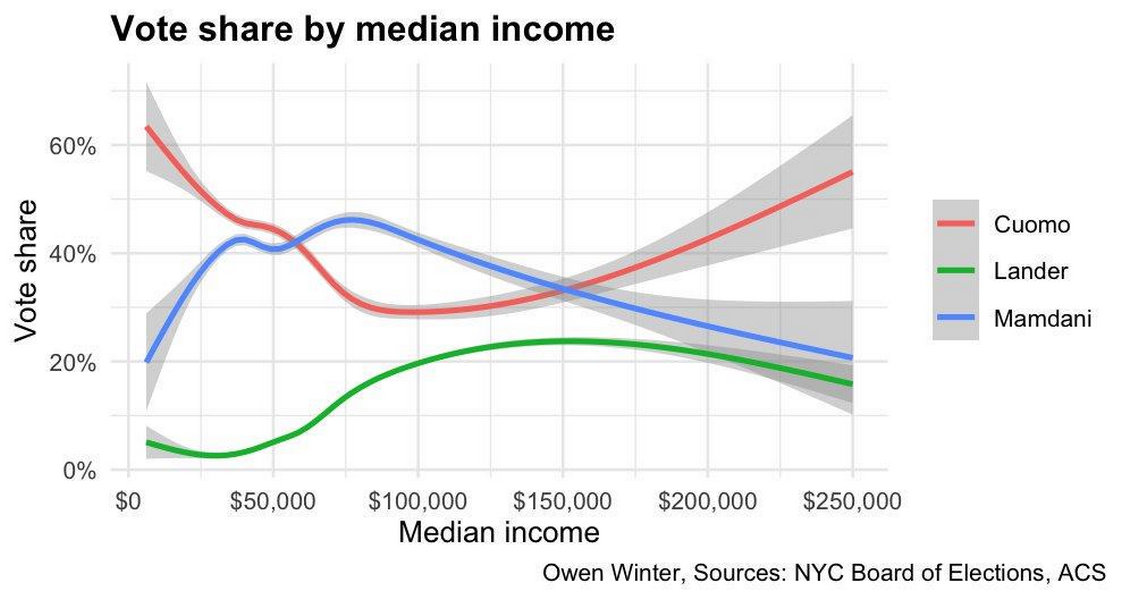This is a translation of the publication “Развитые страны и истинные причины их успеха”
The table provides a list of all UN member countries that meet two criteria: GDP per capita of more than ⅓ of the US + a maximum gap in life expectancy from the US of 3%. 2020 was taken as the base year, when the following minimum indicators were required: $21.2 thousand + 75 years (according to World Bank data).
The result almost coincides with the IMF’s “advanced countries” list (also called “developed countries”), but it would be more correct to call them countries with a relatively high income or standard of living. A much more precise and profound formulation: the metropolitan states (centers) of the world capitalist neo-colonial system.
The total population of all countries in the base year 2020 is 1037 million, and below we are talking about a set of percentage facts, which means the share of this population. For example, the total population of all countries from the list in which US military bases are located is 868 million, which is 84% in relation to 1037 million; similar for everything else.
1) Factors of “classic” colonialism (old model colonialism):
- Portugal and Spain began to build empires in the 15th century, and in the following centuries Austria, Germany, Sweden, France, United Kingdom, Netherlands, Italy, Belgium, Japan, etc.
- 80% (out of 1037 million inhabitants of the so-called “developed countries”, see preface) today live in states that built large colonial empires in the 15th–20th centuries.
- Including 48% in successor states specifically to the British Empire. The area of the British Empire exceeded the area of today’s Great Britain up to 146 times, occupied up to 24% of the world’s land.
- After the Second World War, the “classical” colonial system began to mutate into a neo-colonial: countries were granted formal independence, but in fact, the vast majority of countries in the world are still in deep economic dependence on the metropolitan-countries, and under other powerful pressure from “soft power”, and sometimes “hard power” of military interventions and coups. The leadership in the emerging global neo-colonial system was taken by the United States, the rest of the participants in the intercontinental colonial race became “junior partners”.

2) Modern military-political factors:
- 84% today live in countries where there are US military bases.
- 87% in countries with at least 100 US troops deployed.
- 99% in countries that have adopted some form of alliance with NATO.
- France is the only large country in the world with a high standard of living, but without military bases and significant US contingents; however, France has been a NATO member since its inception.
- Having an image of neutrality, Switzerland, Austria and Sweden became NATO allies in the 1990s under the “Partnership for Peace” program.
- The world’s largest country with a high standard of living, but free of US soldiers and not having a formal alliance with NATO, is Andorra, located between rich France and Spain, with a population of 78 thousand people.
- 96% in countries that participated in at least one major neo-colonial military aggression (out of the three considered: Yugoslavia 1999, Iraq 2003, Libya 2011); 72% in countries that participated more than once.
- Wealthy Japan and South Korea, now hosting 79,000 US soldiers (i.e., allegedly unable to ensure their own security), sent their soldiers to Iraq, 8,000 km away.
- Denmark and Norway in the eyes of the layman still have the image of very humane countries of “Scandinavian socialism” (or “Nordic model”), which allegedly achieved prosperity on their own. However, there are indisputable facts of their complicity in the recent criminal military aggressions (in all three: Yugoslavia, Iraq, Libya), that is, they are part of the global neo-colonial capitalist system.

3) Historical-geographical factors:
- 91% live on the territory of the states that joined the OECD (can be called “economic NATO”) until a maximum of 1973.
- 93% within three compact clusters: Western European, North American, Asia-Pacific border.
- The Western European cluster was formed by the “classical” colonial era (since the 15th century); in the 17th century, Western European laid the foundation for North American; in the 20th century, the North American founded the Asia-Pacific border cluster and restored the Western European cluster (Marshall Plan, etc.).
- The effect of big rich neighbors: formally independent of international unions (NATO, EU, etc.) Switzerland is surrounded by powerful economies—in developed countries located no further than 300 km from Switzerland, 27 times more people live.
- The effect of the “showcase” of capitalism around the socialist countries: 66% live in countries that previously back to back (at a distance of up to 10 km) adjoined the countries of a socialist orientation; up to 300 km – 77%, up to a thousand km – 88%.

4) Factors of natural resources:
Note. Wheat, maize, and soya are included here because they are the most important crops in world trade today—providing the highest export earnings (2020 year: $43, $35, $64 billion); wine is similar among drinks ($41 billion).
- The maximum wheat yields fell on Australia and Denmark – 851 and 793 tons per thousand people, that is, 9–10 times more than the world average (86 tons). In general, yields in Western Europe and North America are high.
- The United States, by all measures, is the record holder in the cultivation of maize and soybeans—they harvest about a third of the world crop for their 4% of the world’s population, that is, they have about 8 times more per capita yield than the world average.
- Italy, Spain, France, Portugal, Australia, New Zealand, Austria, Luxembourg are rich in wine (vineyards), they produce from 5 to 21 times more wine per capita than the average country in the world.
- Qatar is the main oil and especially gas center. Norway pumped oil per capita even a third more than the UAE, and three times more gas. The UK and the US are major oil importers, yet they produce twice as much oil as the rest of humanity on average.
- Australia is the record holder in coal production—16.5 tons/person/year, with an average for the world of 0.5 tons. Australia is fantastically rich in iron ore: in 2020, it mined 38% of the world’s iron ore, having only 0.33% of the world’s population, i.e., it received ~115 times the world average; is also very rich in other fossil resources.
P. S. Final note, in connection with the current political situation in the world. The original of this work was written in Russian, in 2023, but absolutely not with the aim of justifying Russian imperialism. It is foolish and perfidious to deny or justify imperialism of the Russian Federation, NATO or Chinese imperialism. There is no “lesser evil” here, all empires are fundamentally the same.
R.R ★







